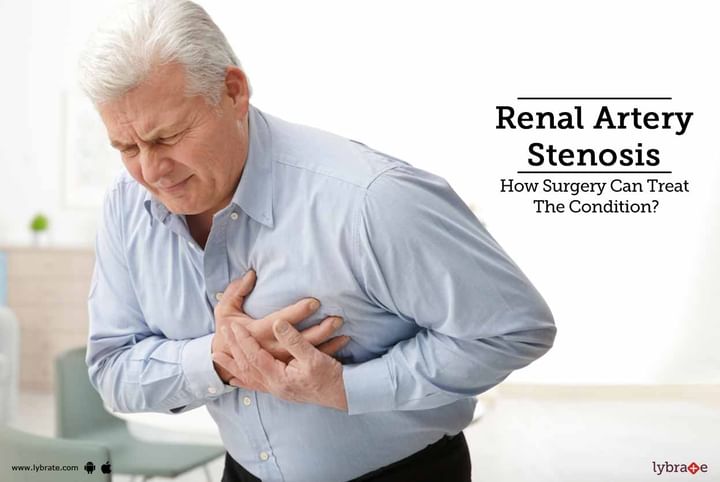Renal Artery Stenosis - How Surgery Can Treat The Condition?
Renal artery stenosis is when the renal arteries (blood vessels which supply blood to the kidneys) are stenosed or narrowed. This is often a result of atherosclerosis, which is caused due to increased levels of cholesterol in the blood. As it passes through the blood vessels, the fat molecules, because of their heaviness, get sluggish and settle down along the walls. This is known as plaque formation. They attract more fat molecules and the plaque continues to grow in thickness, thereby leading to a reduced diameter of the blood vessels. Over a period of time, the reduced blood supply affects the kidney’s normal functioning, resulting in a chronic kidney disease and kidney failure.
The kidneys are involved in the removal of toxins from the body, and hence, perform a very significant function. If they do not function well, then there is slow, but a definite accumulation of toxins within the body. This leads to various other complications, affecting almost the entire body and health. Therefore, it is essential that renal artery stenosis is identified and treated to minimize the effect on one’s health.
There are two aspects to this
- First, there are no clear tell-tale symptoms to identify renal artery stenosis in its early stages.
- Second, though there are a lot of medications available, they are only to manage the symptoms and do not help bring back the narrowed arteries to their original. This means the blood supply to the kidneys will continue to be reduced, thereby never restoring its function fully.
This is where surgery comes into the picture. There are three surgical options which are available, and each one of them ensures the renal arteries are restored to their normal functioning.
- Renal artery endarterectomy: The main cause of the stenosis, which is plaque, is surgically removed from the affected portions.
- Renal artery bypass: The portion of the artery which is affected is surgically removed, and a vein, usually from the leg, is grafted to replace the diseased part of the artery. This restores blood flow to the kidneys and improves their function.
- Percutaneous balloon angioplasty and stenting: This is the most commonly used procedure to treat renal stenosis now. It improves stenosis and also helps avoid complications. This is combined with an arteriogram, where the area of diagnosis is confirmed. Then a deflated balloon is passed through the artery and inflated to keep it in place.
- A stent is placed so that the balloon does not collapse and cause a re-stenosis. With current advances, this is done using local anaesthesia and sedation. Aspirin is also used on a daily basis to prevent clot formation.



+1.svg)
